Hey! Lets Talk about your project
We’ll contact you within a couple of hours to schedule a meeting to discuss your goals.
The Ultimate Guide to Google SEO
Posted on : 20 June, 2024
As of January 2024, Google holds 81.95% of the worldwide search engine market share.
Think about it: how long has it been since you purchased something without at least looking it up on Google right quick? All our purchasing journey forms all too often begin with a search box.
But here’s the issue—SEO isn’t only a tool for getting the first position on Google's top. It’s about getting to what people are seeking and providing that to them in a way that makes sense. Just like it’s been mentioned earlier, Google is always modifying its algorithms and therefore one has to ensure that they adapt to these changes.
In this blog post, we will know the common Google SEO elements that you never forget.
What is Google SEO?
Does this Google SEO have any difference from regular SEO? NO, Google SEO is a subset of SEO.
SEO is doing strategies to a website for higher rankings in the organic search results in Google. There comes HubSpot data that 32% of marketers plan to leverage websites, blogs, and SEO as part of their overall marketing strategy in 2024.
SEO not only helps you in rankings, but this helps in expanding company visibility in organic search results. You will get more visitors, more conversions, and more revenue with a proper Google SEO.
But there are some barriers, not barriers - there are some elements that you have to focus on in your business SEO. You have to optimize your website, conduct keyword research, earn quality backlinks, and more.
We can look at the basic elements that you need to focus on in your Google SEO.
Also, read more about What is Manufacturing ERP? A Complete Guide
Google SEO Important Elements
Here we are discussing the important Google SEO elements that help you in your website SEO strategies.
1. On-page SEO

On-page SEO is one of the main elements that you need to optimize some major things that come in on-page SEO factors.
- Keyword Research
When you are creating a website the thing you have to give importance to is keyword research. The proper keyword research will help you in creating quality content. You will get so many SEO tools for the proper keyword research. We can further discuss this keyword research in detail.
- Page Titles
These page titles are also called title tags. these factors are important in your on-page strategy. These titles will tell your audience and your search engines that they can find the correct page. It also helps in ranking your website by including the main keyword in the title.
the title tag will look like this,
<title> What is Google SEO </title>
- Headers
Headers refer to HTML elements like <h1>,<h2>,<h3>,<h4> and so on. These headers are used for categorizing your content for readers by their importance. These headers will help the search engines the importance and relevance depending on their search intent.
- Meta Descriptions
We can see meta descriptions in Google when we are searching for something. These meta descriptions are short page descriptions that appear under the meta title. It is a major factor for your website that helps in getting more clicks by your audience. You have to write the meta description with the proper keyword and hooky one. This factor is important in on-page SEO.
- Image Alt Text
Image alt text is an SEO factor for any of the images on your website. These alt texts will tell Google what your image is about. your audience may discover your site through these images in these search engines. So this factor helps you in your site for ranking.
- URLs
All web pages have URLs. and keep this URL simple to digest for both readers and search engines. It has a correct form so make it that way.
- Internal Linking
Internal linking is giving links to other helpful pages on your website. this factor is important in SEO because it helps in more conversions. It will send readers to other pages of your website. This helps in making your website more valuable and trustworthy. Internal linking keeps your audience on your website for a long time and they can navigate to pages within the website.
- Mobile Responsiveness And Site Speed
Google always prioritizes websites that have a faster mobile speed. It always matters to users and search engines too. You can test your website with a Google mobile-friendly test tool and check that you have a fast one. if it has any issues you can clear that with proper functions.
Make your site load quickly so that clients will stick to the website. It helps in increasing the conversions and ROI of your website. There are tools for checking this like the Google pagespeed insights tool. If it does show any errors you can try out the proper actions.
2. Off-page SEO

Off-page SEO elements help your website by improving your search engine ranking with tactics like link building. It can include different tactics in link building, guest posting, and social media marketing. These off-page SEO factors help users to make your website more trustworthy and authoritative.
- Link Building
The link building process helps you in getting other websites to link to your site. These are particularly known by backlinks. If your website has more backlinks it will have high domain authority (but it needs to come from high-authority websites). You can get all types of backlinks from a backlink checker tool. just check their quality, organic traffic levels, and the organic quality of the website.
- Broken Link Building
Another strategy is called broken link building. It is the process by which you can find relevant backlinks that didn't work properly. so you can take this possibility and approach the required publisher to let them know the link isn't working. and suggest the link to your version of the resource instead.
- Digital PR
This digital PR is the strategy that can gain backlinks by PR techniques. You will get the proper authoritative links by this strategy. This can help in increasing brand awareness and putting your business in front of your target audience.
- Social Media Strategy
Social media is another strategy that comes in off-page SEO. This is not directly impacting your rankings but you will get more attention. If you post any posts on social media your audience will share your content on social media platforms. This way you will get more traffic and links with every post on your social media. Social media posts are the best way to get proper attention and immediate traffic to your business's social media platforms.
- Influencer Marketing
Influencer marketing is a strategy that involves working with popular bloggers and social media creators. They help in promoting your products and services. You can build your brand and reach new audiences. These influencers have a large group of audience and they will create apt strategies for your business.
- Guest Posting
Guest posting is another element that comes in off-page SEO. This will help you in getting your brand in front of a different audience and can lead to mentions and backlinks. You can focus on publications that are relevant to your niche and that you are focused on providing genuine valuable information. You can search in Google to get proper guest posts.
3. Technical SEO
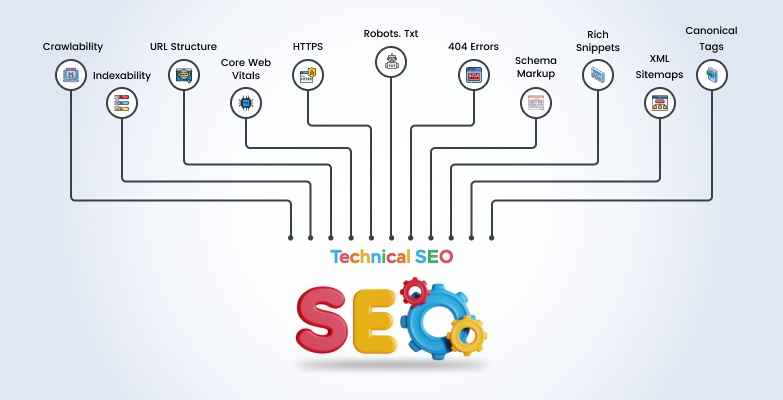
Technical SEO is the process of preparing a website to be indexed by search engines and ranked according to the on-site factors. With technical SEO you assist search engines in the easiest means possible to be able to get to your website without hindrances to crawling, understanding, and indexing it. It is crucial for any digital content and for the efforts dedicated to creating on-page SEO as it contributes to the ability of the search engines to understand your website and provide access to the content to the users.
- Crawlability
Helps to make sure that bots of search engines have a way of creeping through on your site. It involves making a site map which is a roadmap in a website that covers all areas found in the site map. a file that is recognized by crawlers and operations to help in sorting through websites and data.
- Indexability
Refers to the question of the relevance of the pages that were crawled for indexing by a search engine. The use of meta tags (index), robots, etc are some of the measures that hold this in check. txt, and HTTP headers.
- URL Structure
URLs should be free of parameter characters, should not be very long or complex, and should contain words bearing importance. It is inadvisable to employ lengthy and intricate URLs accompanied by supplementary arguments.
- Core Web Vitals
Methods that Google put in place to help in the determination of the effectiveness of your site from the view of the users. Of them, three metrics are used widely, that is: Largest Contentful Paint (LCP), First Input Delay (FID), and Cumulative Layout Shift (CLS).
- HTTPS
It is a security protocol that ensures that data provided by the user remains secure in transit between his browser and the website. HTTPS is now a ranking factor for Google because every site that has an SSL certificate serves it over HTTPS.
- 404 Errors
Exclude pages that result in 404 error messages, such as broken links in the site’s navigation menu. There is a need to have 301 redirections pointing users and search engines to the right page.
- Schema Markup
Structured data helps in providing a clear understanding of the copy to the search engines while improving the ranking of your pages. This could potentially enhance rich snippets in SERPs and thereby lead to increased impressions and better CTR.
- Rich Snippets
Reviews, ratings, and other relevant information that may appear within SERPs should be taken into account to help your result stand out.
- XML Sitemaps
Submitting sitemaps to search engines to make the search engines aware of the newly created pages and their URLs at your site.
- Robots. Txt
This is a file used by search engines to determine which web pages should be crawled and indexed and which ones are not worthy of being indexed. Care has to be taken not to block vital pages by adjusting the fine setting.
- Canonical Tags
Avoid duplication problems: If you have different versions for example www and non www or HTTP and HTTPS versions opt for the preferred version.
4. Keyword Search
Keyword research is one of the basics when it comes to search engine optimization (SEO) that targets analyzing the keywords or key phrases that the users use in search engines. It is at the core of any useful SEO strategy, shaping content creation, optimization approaches, as well as overarching digital marketing initiatives.
While creating content about a specific topic, it is crucial to have some level of proficiency in the subject matter as well as understand the target demographic. Identify to whom it will appeal and what their requirements and concerns will be as well as what terminology they favor.
Who are the closest competitors in the niche?
This analysis involves samples of their websites to determine the keywords they are targeting and the content they are sharing. List down as many analytically derived seed keywords that can be associated with your business, products, or services. This is just a general description of what you provide to your target audience.
- Generate Keyword Ideas
No part of the given text to translate into the second language Use keyword tools to expand your seed keywords into a larger list. In due course, it is helpful to search for related words or an appropriate substitute word in other languages as well.
When you’re conducting your research on your target keywords it is important that you take a look at the SERPs to determine common components such as the featured snippets, people also ask, and related search queries. What happens if you start typing your seed keywords into Google search and take note of auto-complete suggestions displayed?
- Understand User Intent
Determine whether you have used the four types of keywords which are Informational, Navigational, Transactional, and Commercial investigation keywords. This helps in the creation of content that will be relevant to users' needs and wants. Optimizing for the target keywords is the most natural thing since you’re filling the demand of a need already present in terms of content.
- Develop a Content Strategy
What makes your target audience interested in your content is the use of keyword groups. To deal effectively with your targeted market you should plan to produce cutting-edge, informative content that will cover topics that your audiences seek the answers to. To ensure that you are on track to achieving your goals of ranking high in search engine results for your prioritized keywords, create a content calendar to guide your content creation and publication.
- Optimize On-Page Elements
It also helps to have target keywords in your title tags and meta descriptions, as they also boost relevance, while increasing the click-through rate. Employ the use of keywords naturally in the format of ’Heading 1’, ‘Heading 2’, and ‘Heading 3’ to create a good flow and presentation for the content.
Using keywords in your content should not be done in a pushy manner but rather it is an essential step to take. It is also worthy of note that you shouldn’t stuff your work with keywords as this is counterproductive; rather, you need to ensure that useful information is well incorporated into your work. They should incorporate various keywords in the image’s alt text to optimize access as well as optimize for search engines.
5. Local SEO
In local SEO you can optimize your online presence to increase traffic, visibility, and brand awareness in your business's local area. In local SEO the main areas you have to focus on are Google business profile management,
- Google business profile management
This is the free Google tool that can help in listing your profile for showing up in Google search results. This strategy helps in increasing site visibility in high-value propositions on Google SERPs. You can optimize your contact information, respond to all your reviews, and publish regular posts.
Conclusion
Google SEO is all about understanding your audience and how to find what they are seeking. Improve the visitors’ experience by providing them with the information they might find useful. To adapt to Google, it is important to remember that Google’s algorithms are ever-changing and so should we. You now know Google SEO and how to improve the online visibility of your business by following the guidance we provided in this guide.
Ipix Technologies, a leading IT company in India, specializes in offering web development and digital marketing services. We also excel as a custom ERP software, LMS software development, and CRM software development company, providing comprehensive services to elevate your business. Contact us today for more details!





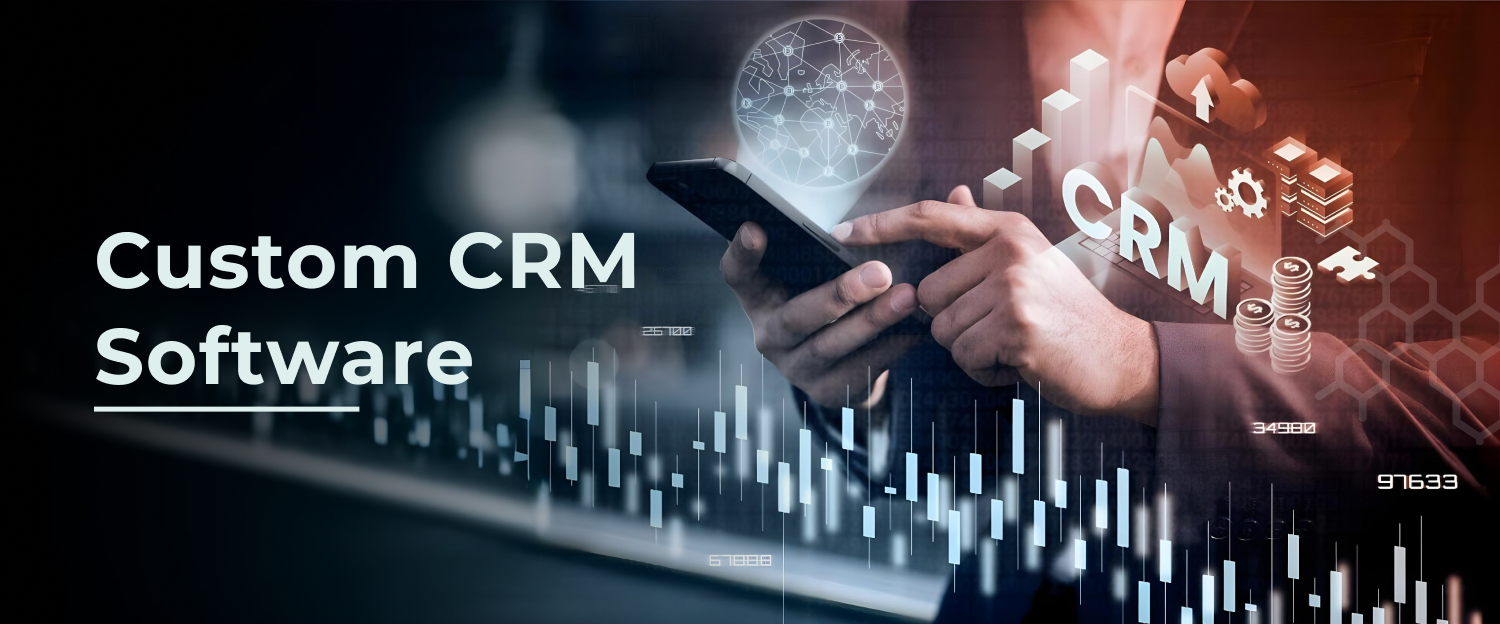


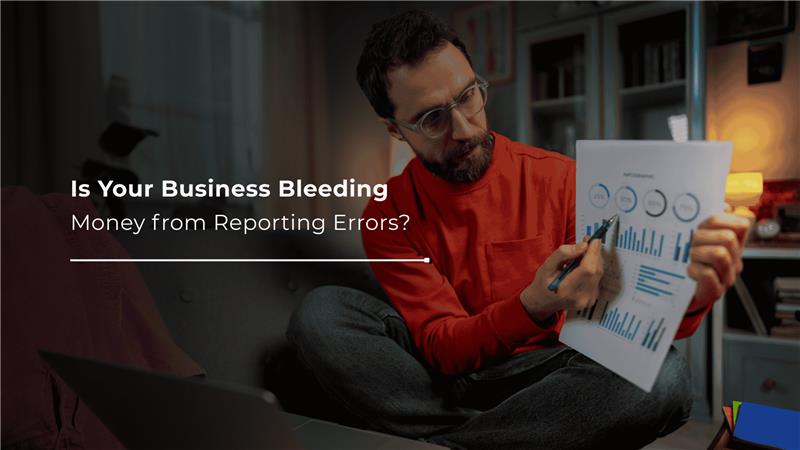
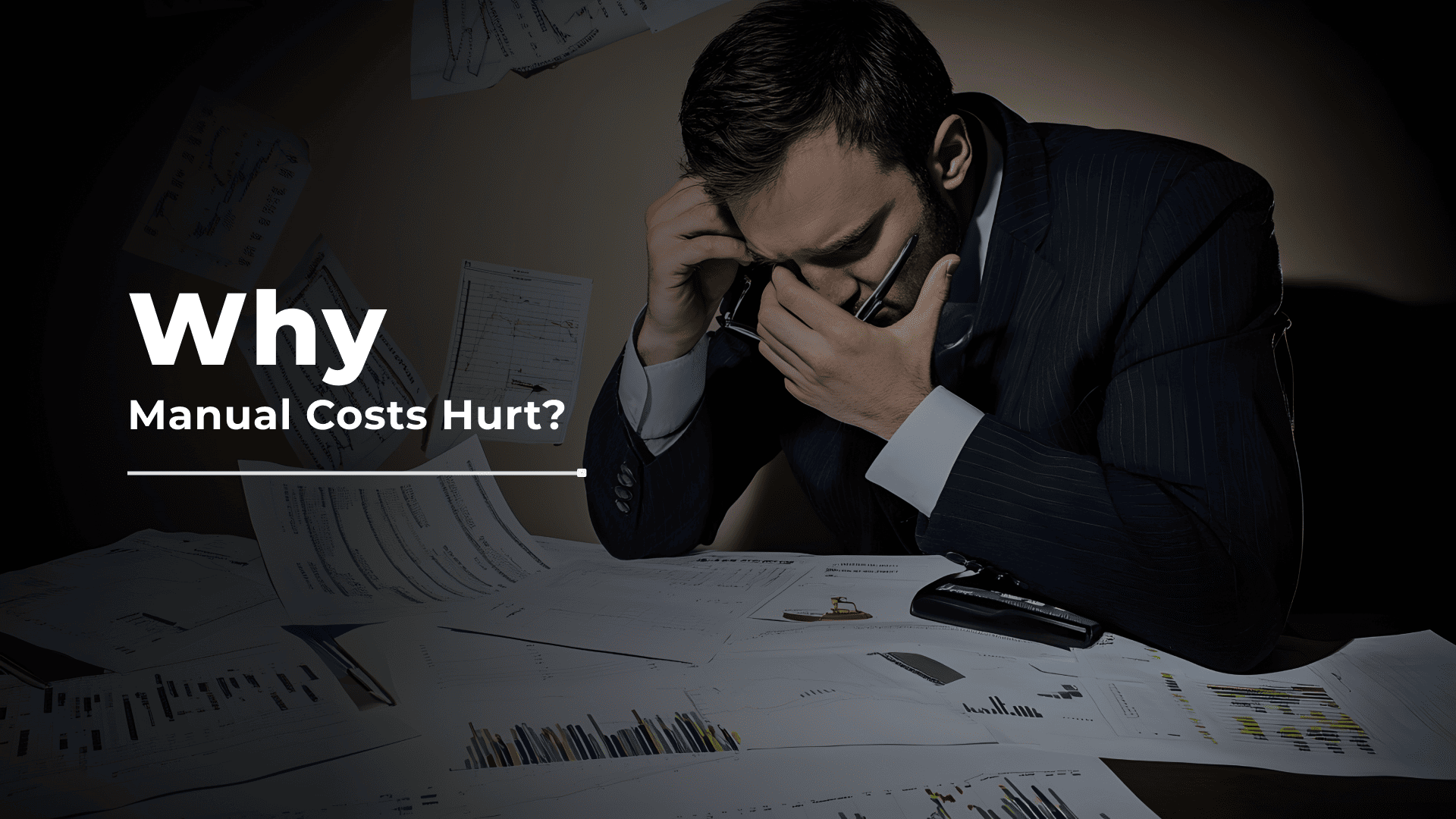


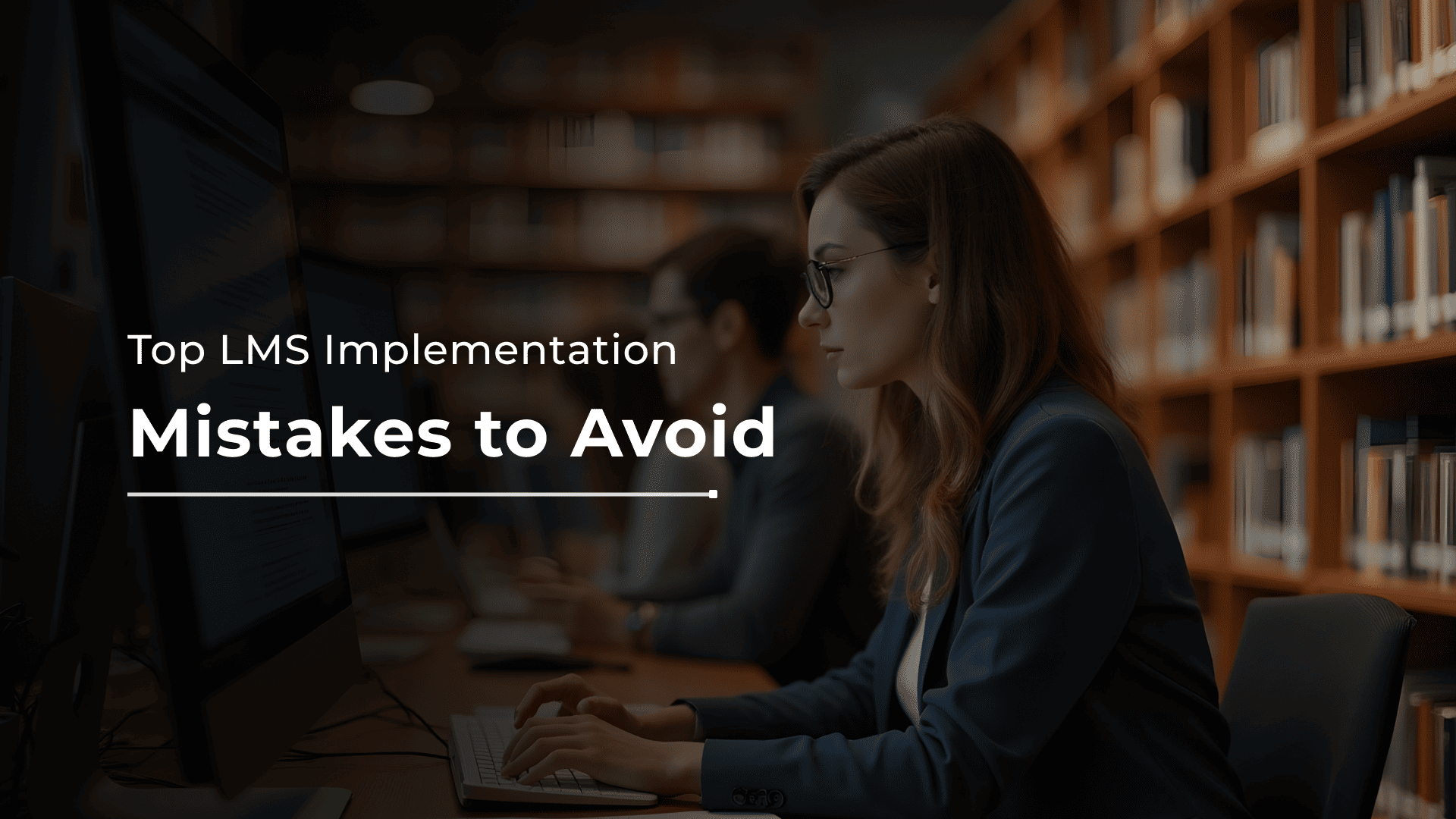












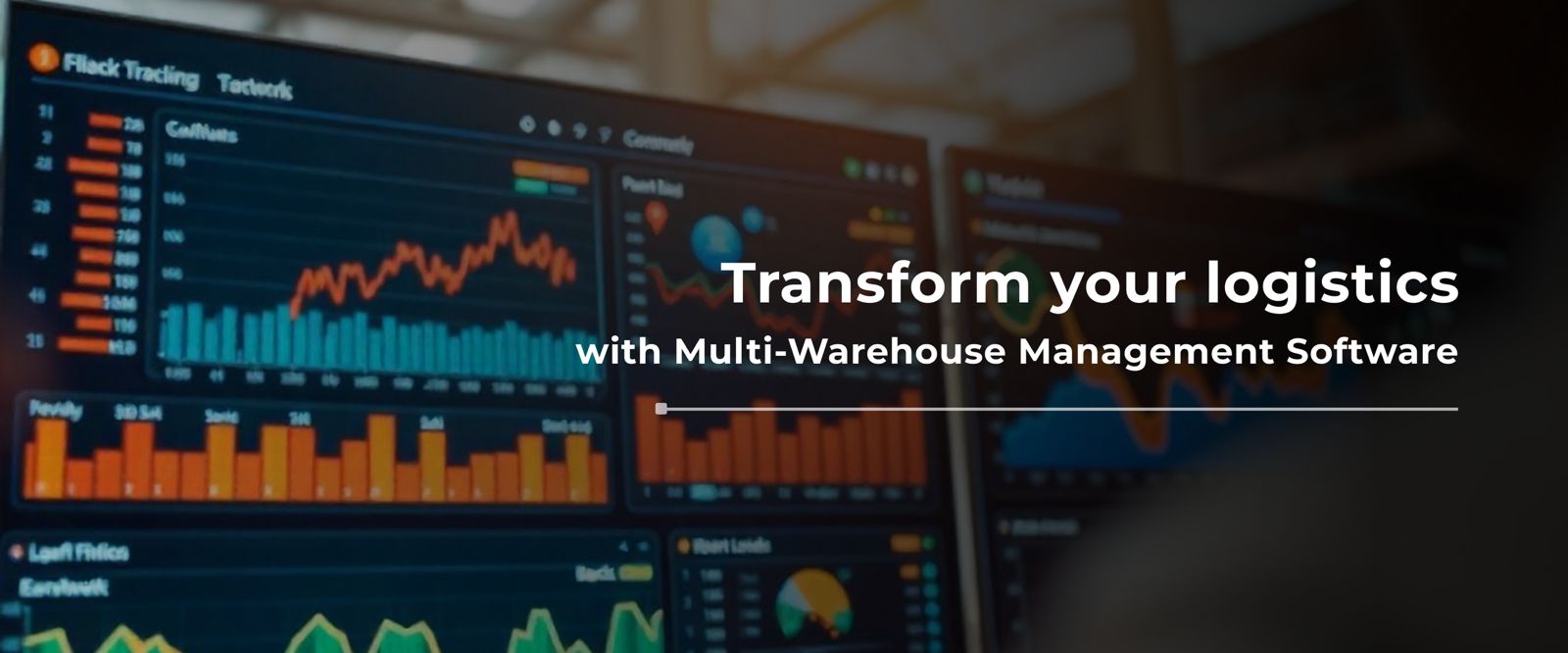









 Talk to our Expert
Talk to our Expert
